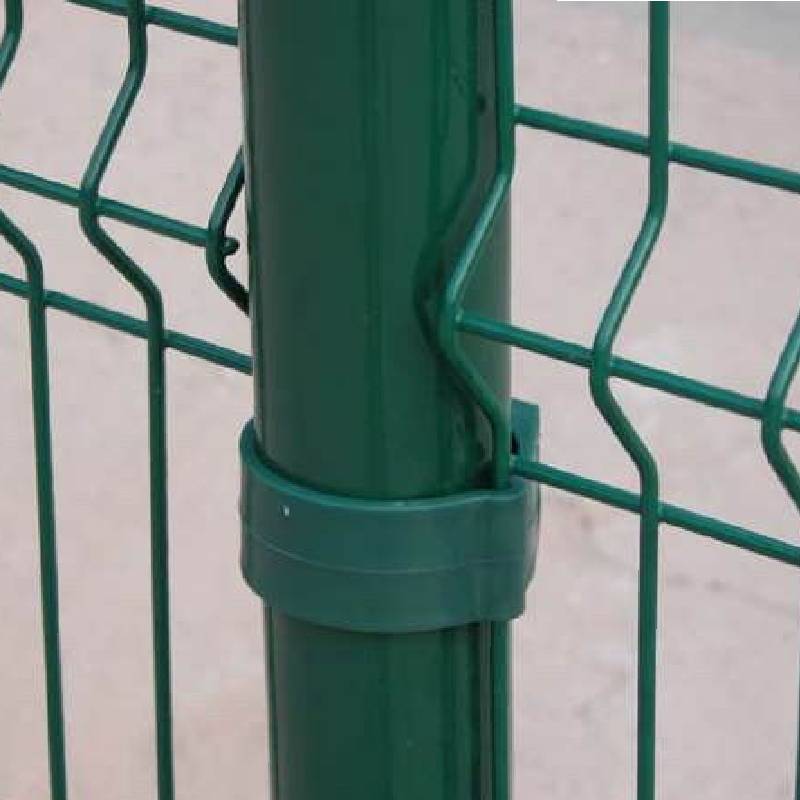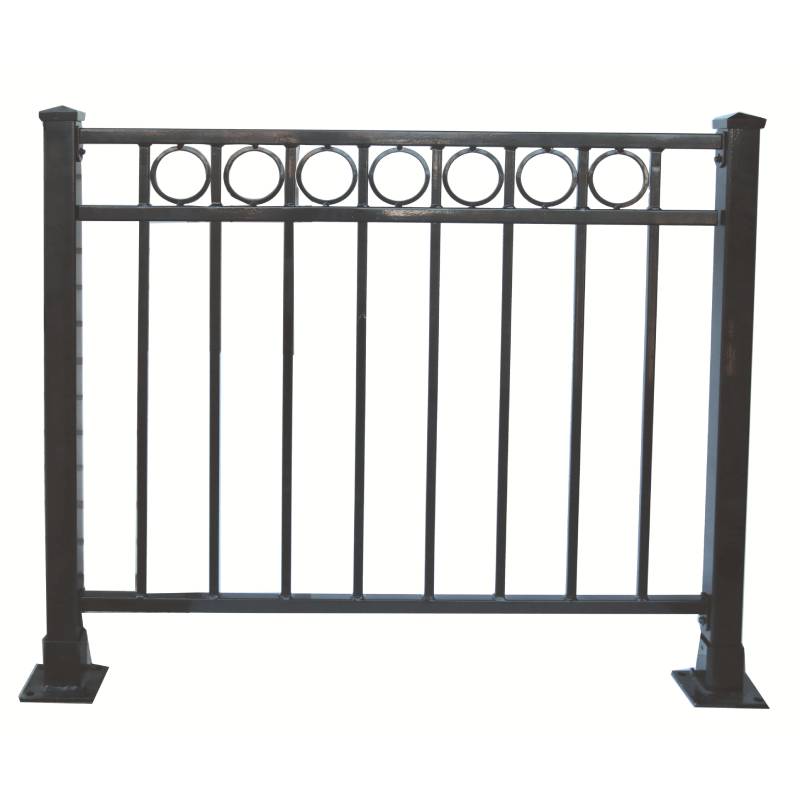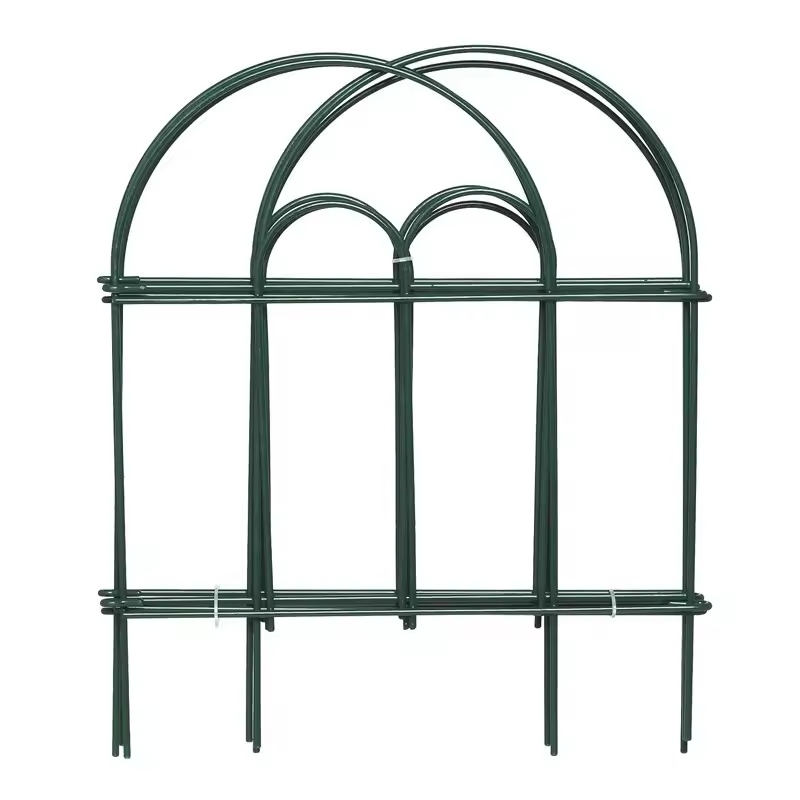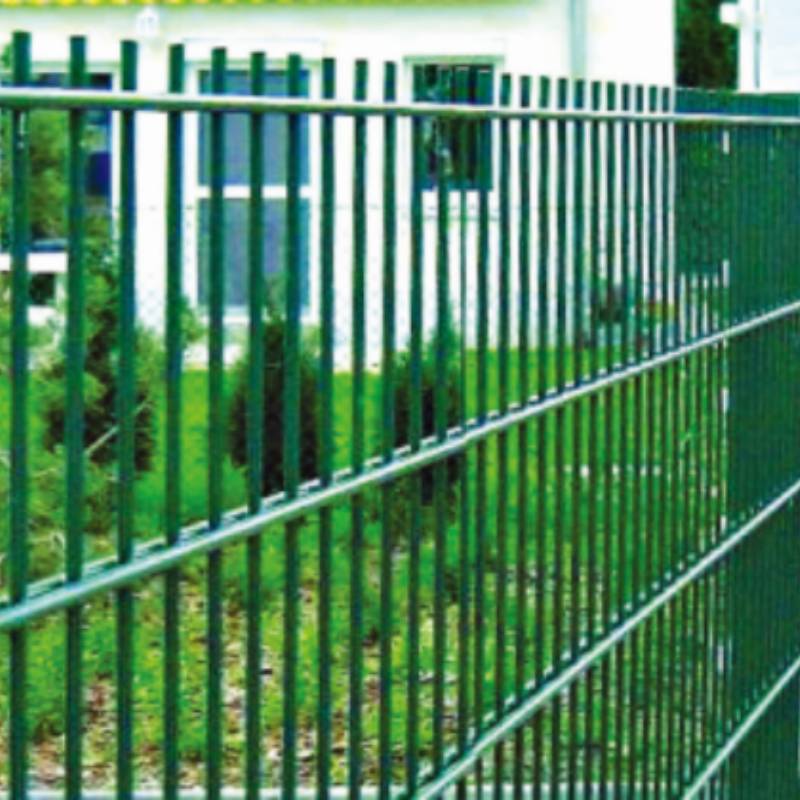-
E-post:zhao@hyliec.cn
-
Tlf:+86 311 85273988
-
Hva skjer:8613931128750
-
 afrikansk
afrikansk -
 albansk
albansk -
 amharisk
amharisk -
 arabisk
arabisk -
 armensk
armensk -
 aserbajdsjansk
aserbajdsjansk -
 baskisk
baskisk -
 hviterussisk
hviterussisk -
 bengali
bengali -
 bosnisk
bosnisk -
 Bulgarsk
Bulgarsk -
 katalansk
katalansk -
 Cebuano
Cebuano -
 korsikansk
korsikansk -
 Kroatisk
Kroatisk -
 tsjekkisk
tsjekkisk -
 dansk
dansk -
 nederlandsk
nederlandsk -
 Engelsk
Engelsk -
 Esperanto
Esperanto -
 estisk
estisk -
 finsk
finsk -
 fransk
fransk -
 frisisk
frisisk -
 galisisk
galisisk -
 georgisk
georgisk -
 tysk
tysk -
 gresk
gresk -
 Gujarati
Gujarati -
 haitisk kreolsk
haitisk kreolsk -
 hausa
hausa -
 hawaiisk
hawaiisk -
 Hebraisk
Hebraisk -
 Nei
Nei -
 Miao
Miao -
 ungarsk
ungarsk -
 islandsk
islandsk -
 igbo
igbo -
 indonesisk
indonesisk -
 irsk
irsk -
 italiensk
italiensk -
 japansk
japansk -
 javanesisk
javanesisk -
 Kannada
Kannada -
 kasakhisk
kasakhisk -
 Khmer
Khmer -
 Rwandisk
Rwandisk -
 koreansk
koreansk -
 kurdisk
kurdisk -
 kirgisisk
kirgisisk -
 TB
TB -
 latin
latin -
 latvisk
latvisk -
 litauisk
litauisk -
 luxemburgsk
luxemburgsk -
 makedonsk
makedonsk -
 Malgashi
Malgashi -
 malaysisk
malaysisk -
 Malayalam
Malayalam -
 maltesisk
maltesisk -
 Maori
Maori -
 Marathi
Marathi -
 mongolsk
mongolsk -
 Myanmar
Myanmar -
 nepalesisk
nepalesisk -
 norsk
norsk -
 norsk
norsk -
 oksitansk
oksitansk -
 Pashto
Pashto -
 persisk
persisk -
 Pusse
Pusse -
 portugisisk
portugisisk -
 Punjabi
Punjabi -
 rumensk
rumensk -
 russisk
russisk -
 samoansk
samoansk -
 skotsk gælisk
skotsk gælisk -
 serbisk
serbisk -
 Engelsk
Engelsk -
 Shona
Shona -
 Sindhi
Sindhi -
 singalesisk
singalesisk -
 slovakisk
slovakisk -
 slovensk
slovensk -
 Somali
Somali -
 spansk
spansk -
 Sundanesisk
Sundanesisk -
 Swahili
Swahili -
 svensk
svensk -
 Tagalog
Tagalog -
 tadsjikisk
tadsjikisk -
 Tamil
Tamil -
 tatarisk
tatarisk -
 Telugu
Telugu -
 Thai
Thai -
 tyrkisk
tyrkisk -
 turkmenske
turkmenske -
 ukrainsk
ukrainsk -
 Urdu
Urdu -
 Uigur
Uigur -
 usbekisk
usbekisk -
 vietnamesisk
vietnamesisk -
 walisisk
walisisk -
 Hjelp
Hjelp -
 Jiddisch
Jiddisch -
 Yoruba
Yoruba -
 Zulu
Zulu
Panelgjerde
Wholesale Metal Fence Panels ?
Wholesale metal fence panels are a popular choice for those looking for durable and secure fencing solutions. These panels are often made steel materials providing a
strong and long-lasting option for garden fencing. They are available in various designs and sizes, making them suitable for a wide range of applications. Wholesale options offer cost-effective solutions for purchasing metal fence panels in bulk, making them ideal for contractors, landscapers, and property developers looking to install fencing on a larger scale.
Is It Cheaper To Buy Fence Panels Or Build Them?
The cost of buying fence panels versus building them can vary depending on several factors. In general, buying pre-made fence panels can be cheaper and more time-efficient than building them from scratch. Pre-made panels are mass-produced, which often makes them more cost-effective due to economies of scale. Additionally, purchasing fence panels can save on labor costs, as they are typically easier and quicker to install compared to building a fence from individual components. However, building a fence from raw materials allows for more customization and control over the design, which may be a priority for some individuals. It's important to consider the specific requirements, budget, and time constraints when deciding whether to buy or build fence panels.
How To Install A Panel Fence?
To install a panel fence involves several steps:
1. Measure and plan: Determine the length of the fence and calculate the number of panels needed. Plan the layout and ensure the fence posts are installed at the appropriate intervals to accommodate the panels.
2. Install the posts: Dig holes for the fence posts, ensuring they are deep enough to provide stability. Set the posts in concrete and allow them to cure before attaching the panels.
3. Attach the panels: Once the posts are set, attach the panels to the posts using appropriate fasteners such as screws or nails. Ensure the panels are level and properly aligned.
4. Add finishing touches: Depending on the type of panels used, additional finishing touches such as capping, trim, or paint may be required to enhance the appearance and durability of the fence.
5. Maintenance: Regular maintenance, such as cleaning and sealing, may be necessary to ensure the longevity of the fence panels.
It's important to follow the manufacturer's instructions and local building codes when paneling a fence to ensure proper installation and compliance with regulations. If in doubt, it's advisable to consult with a professional or seek guidance from experienced individuals.








